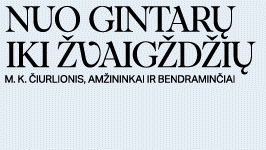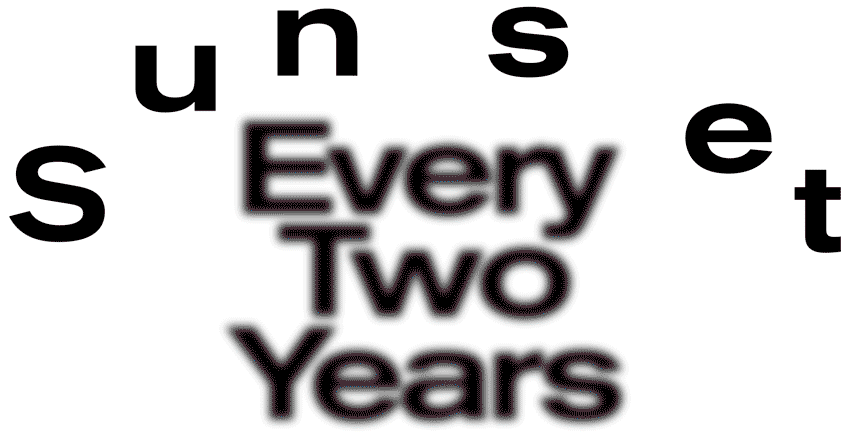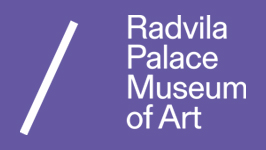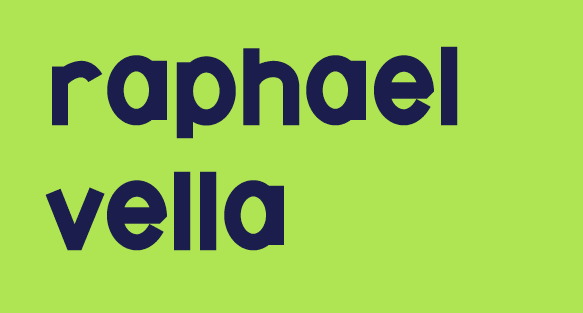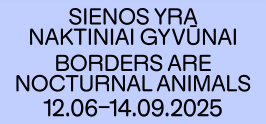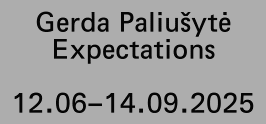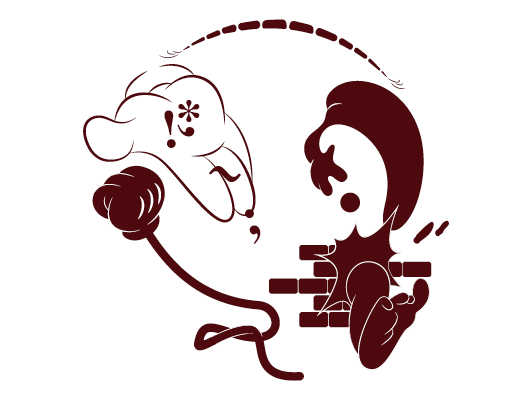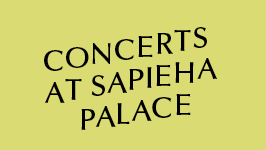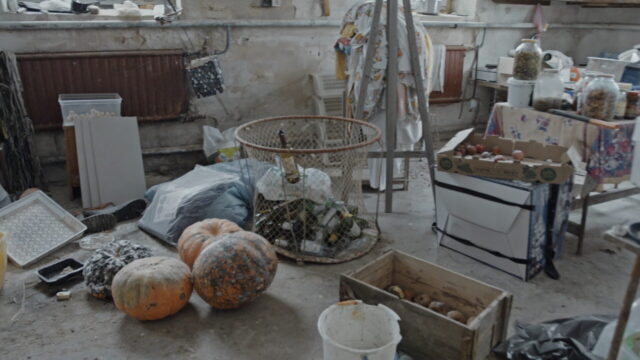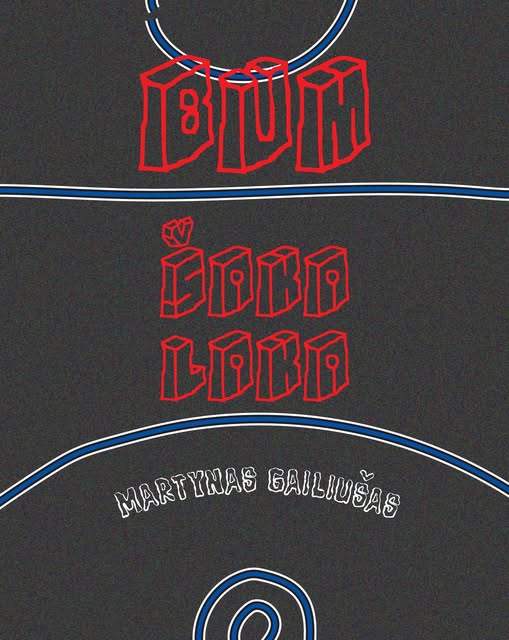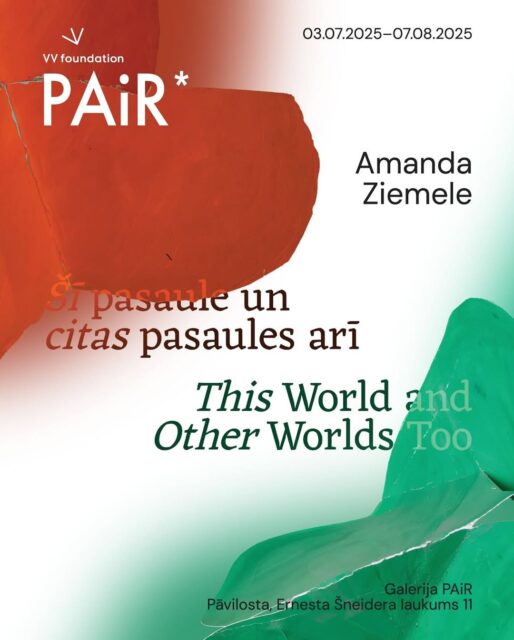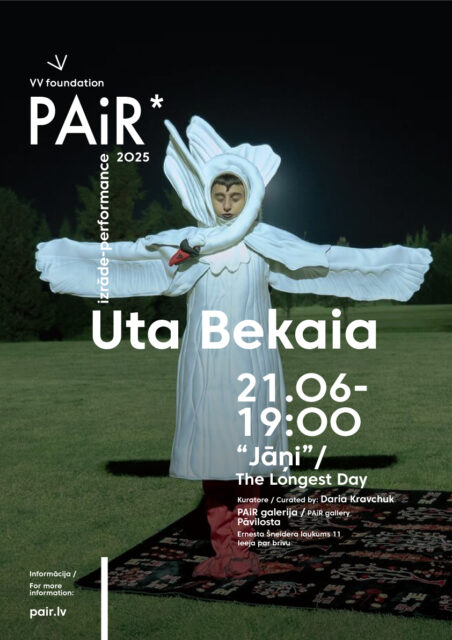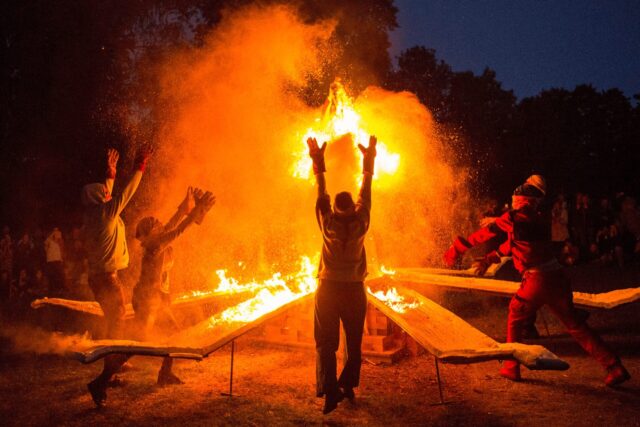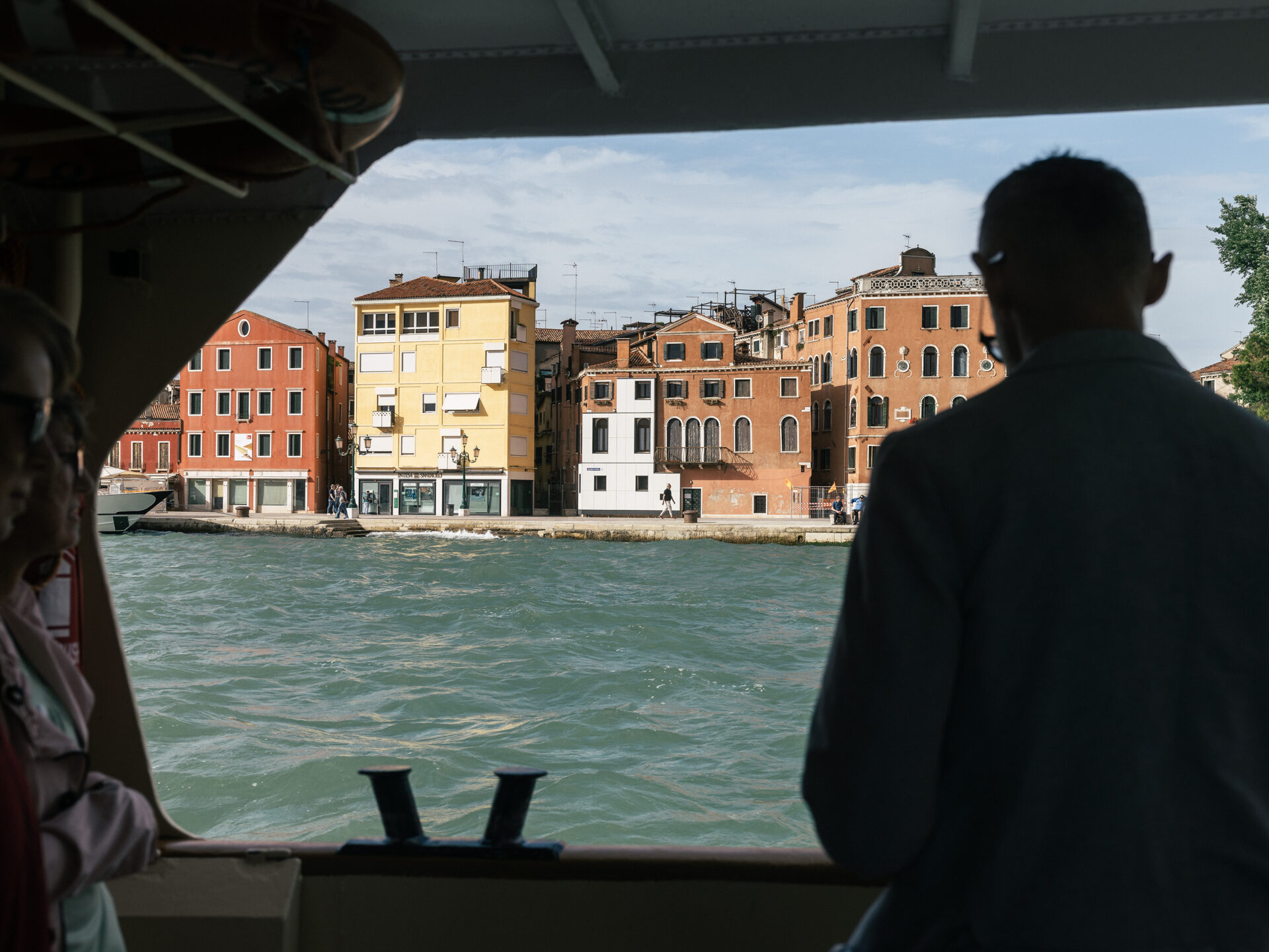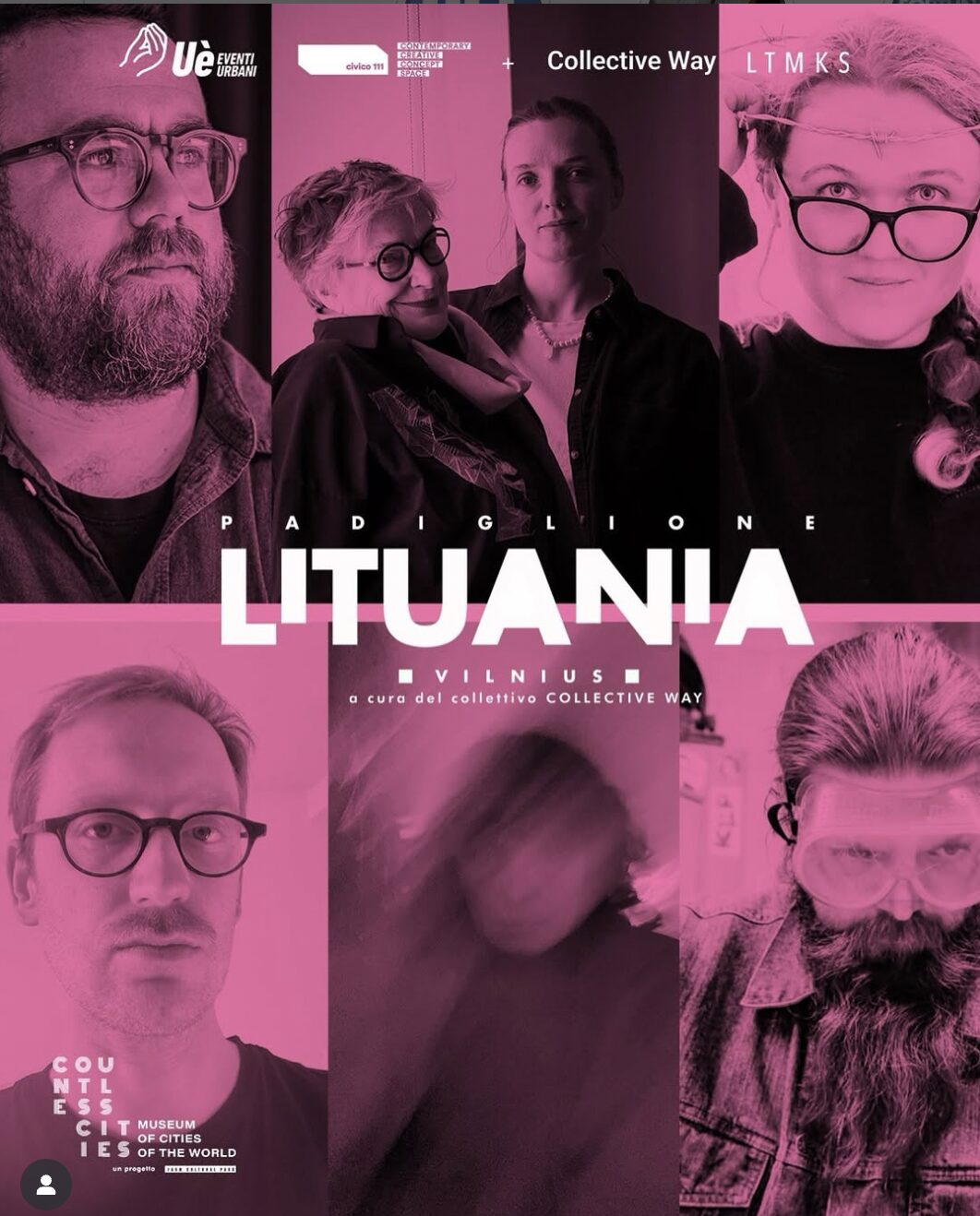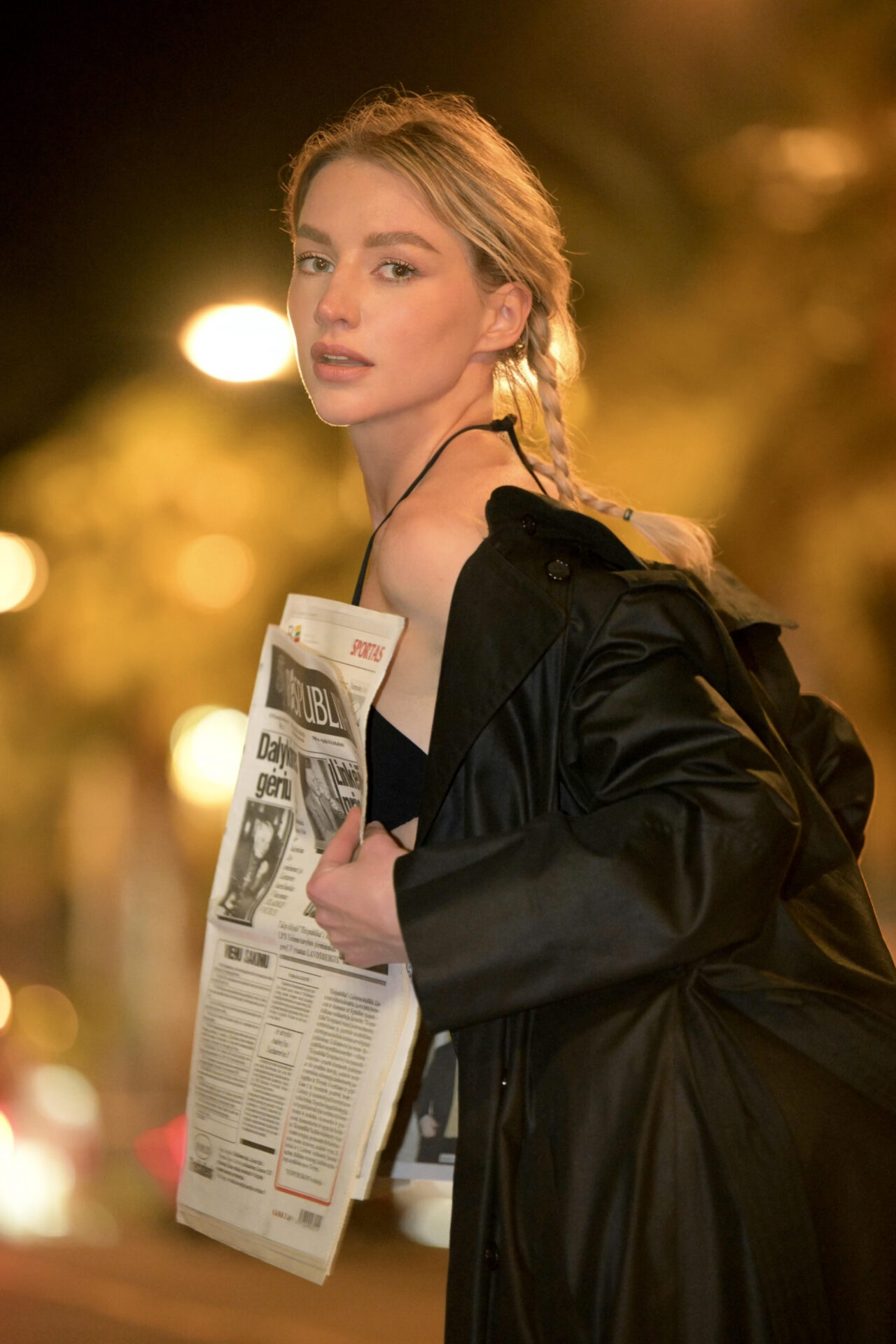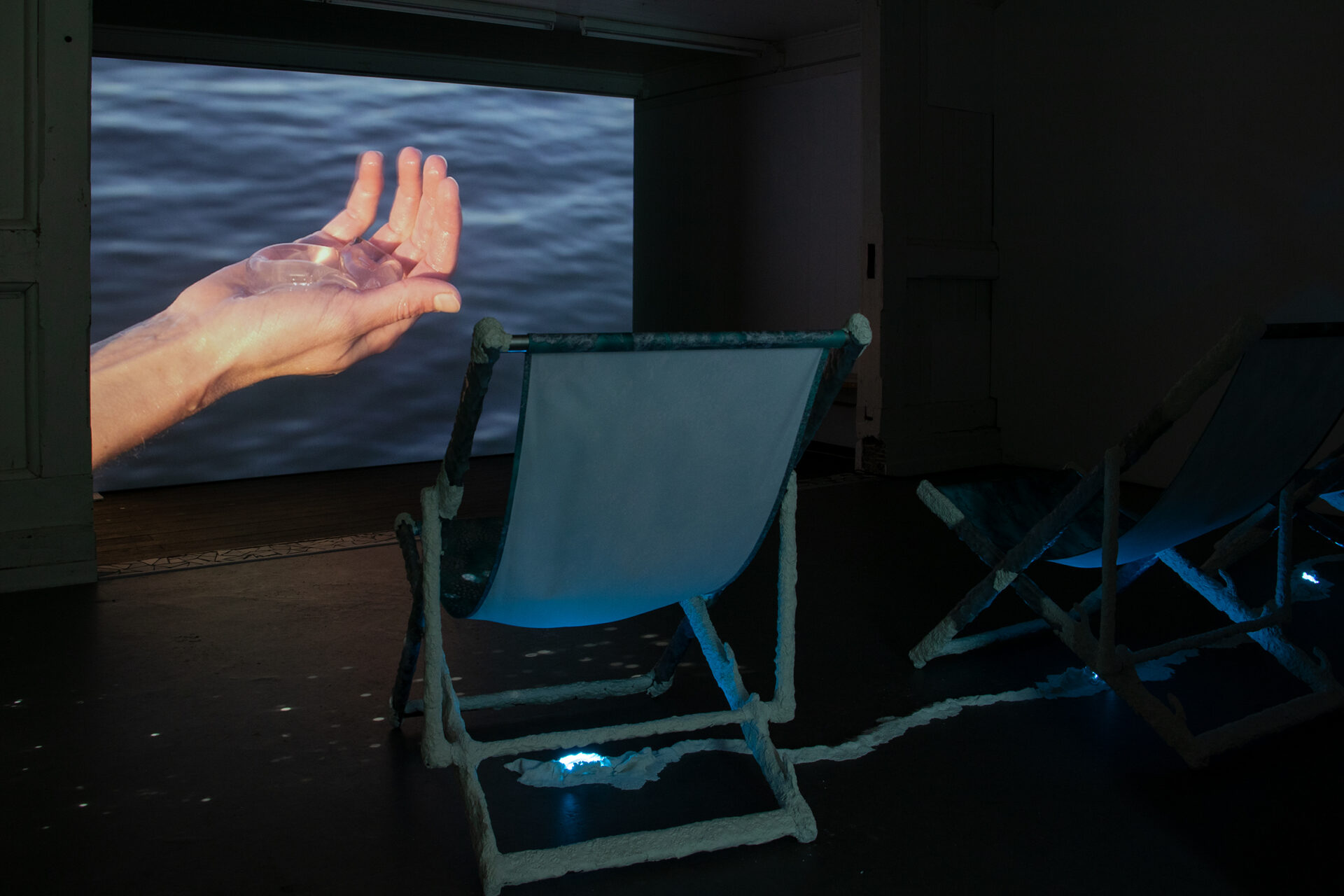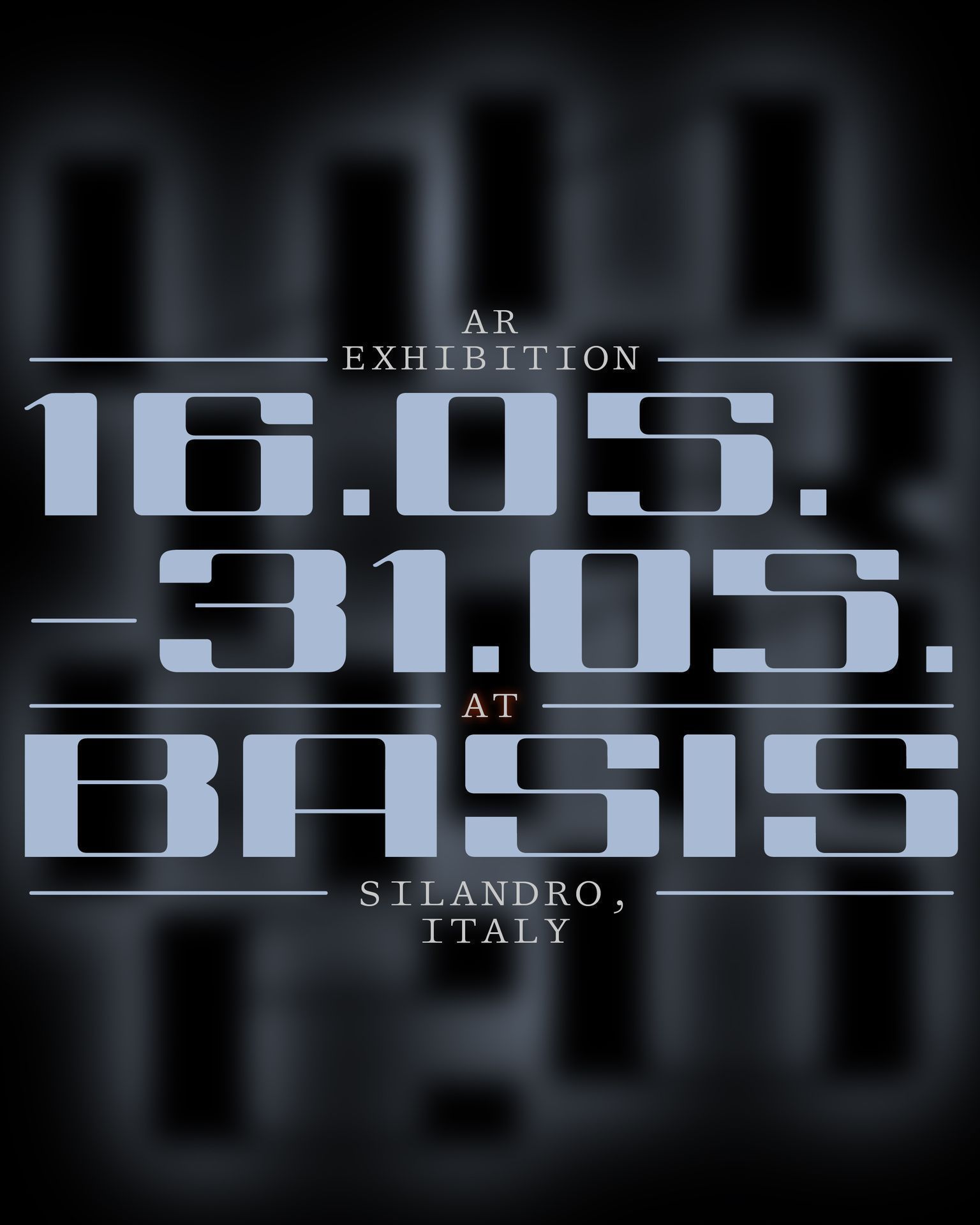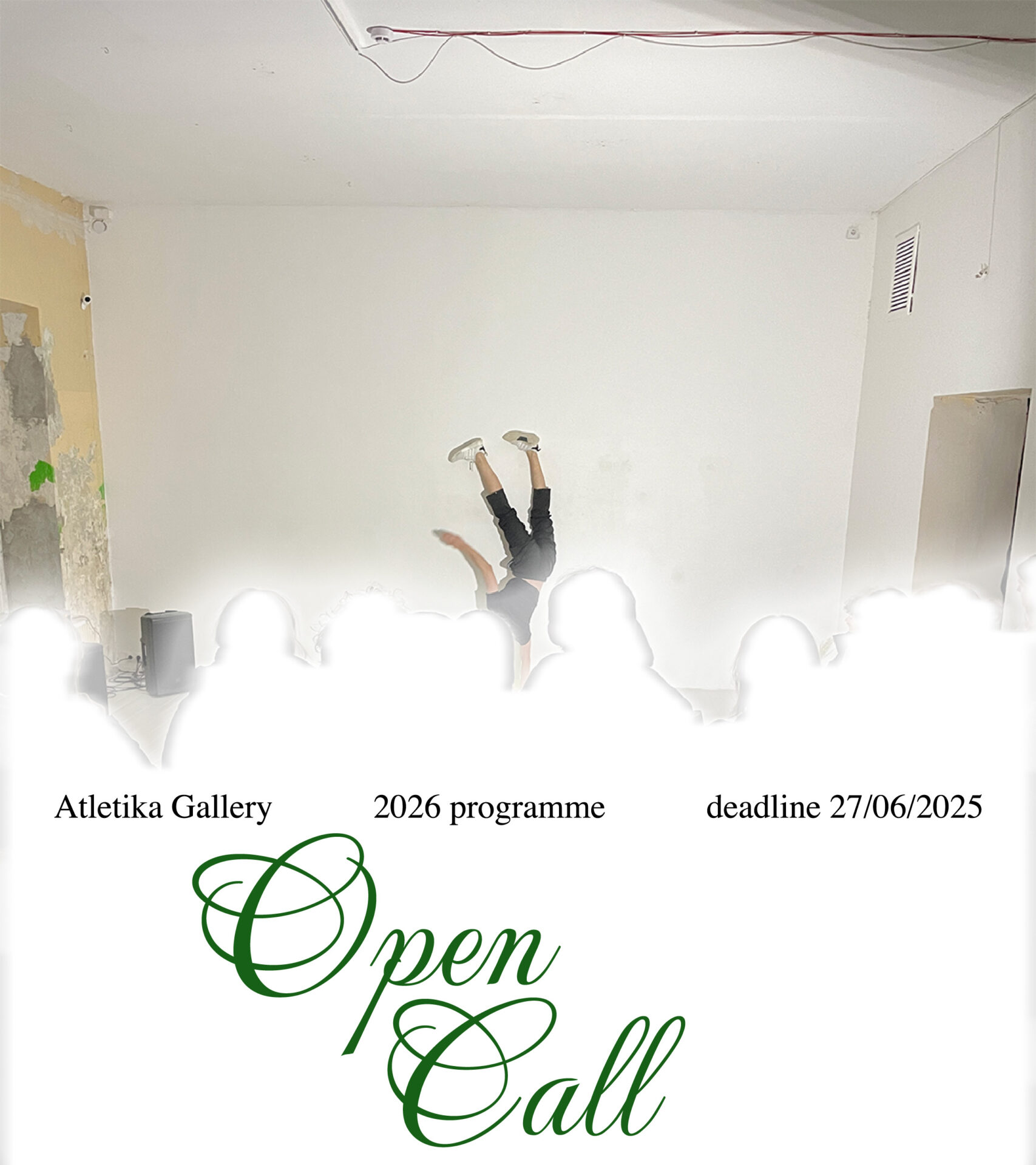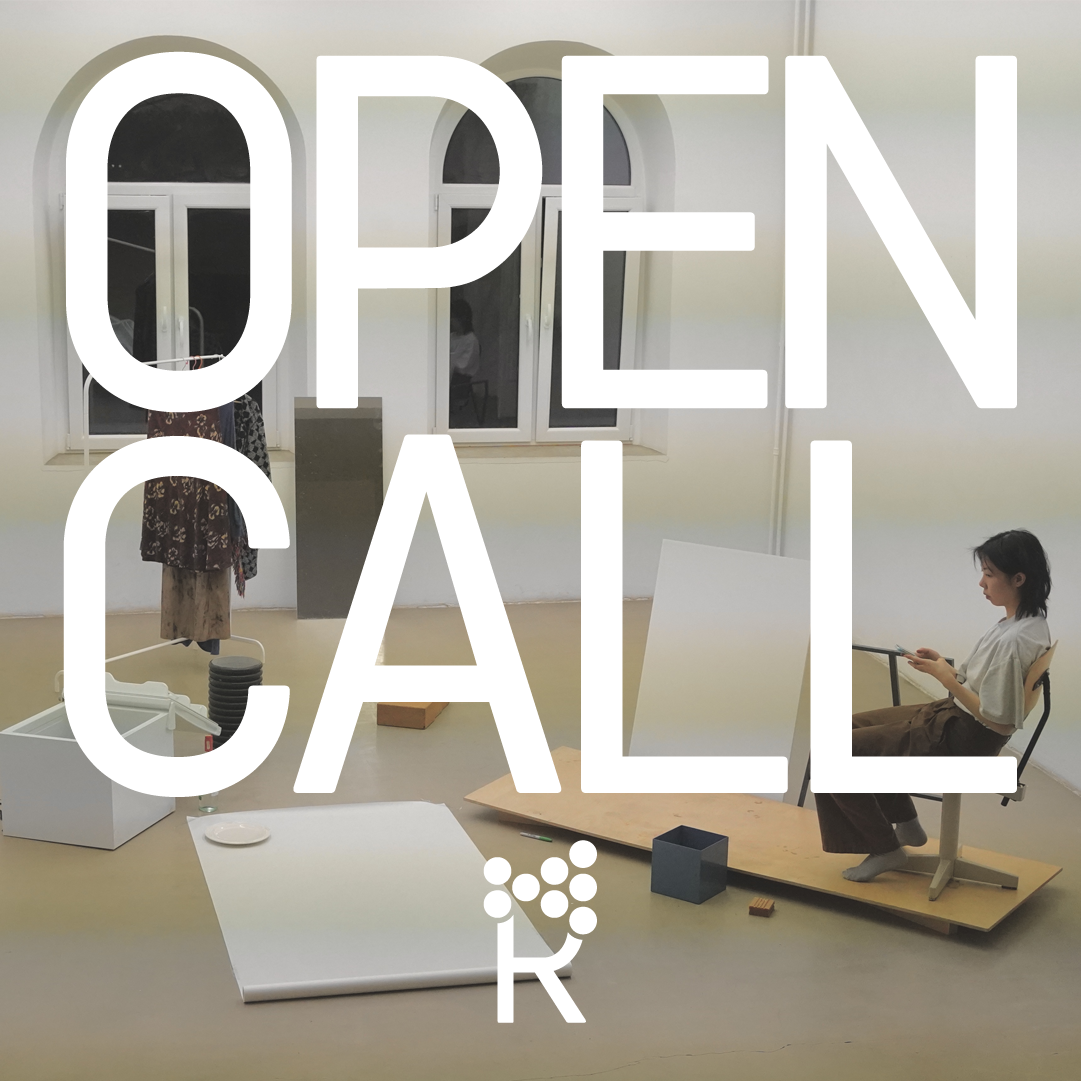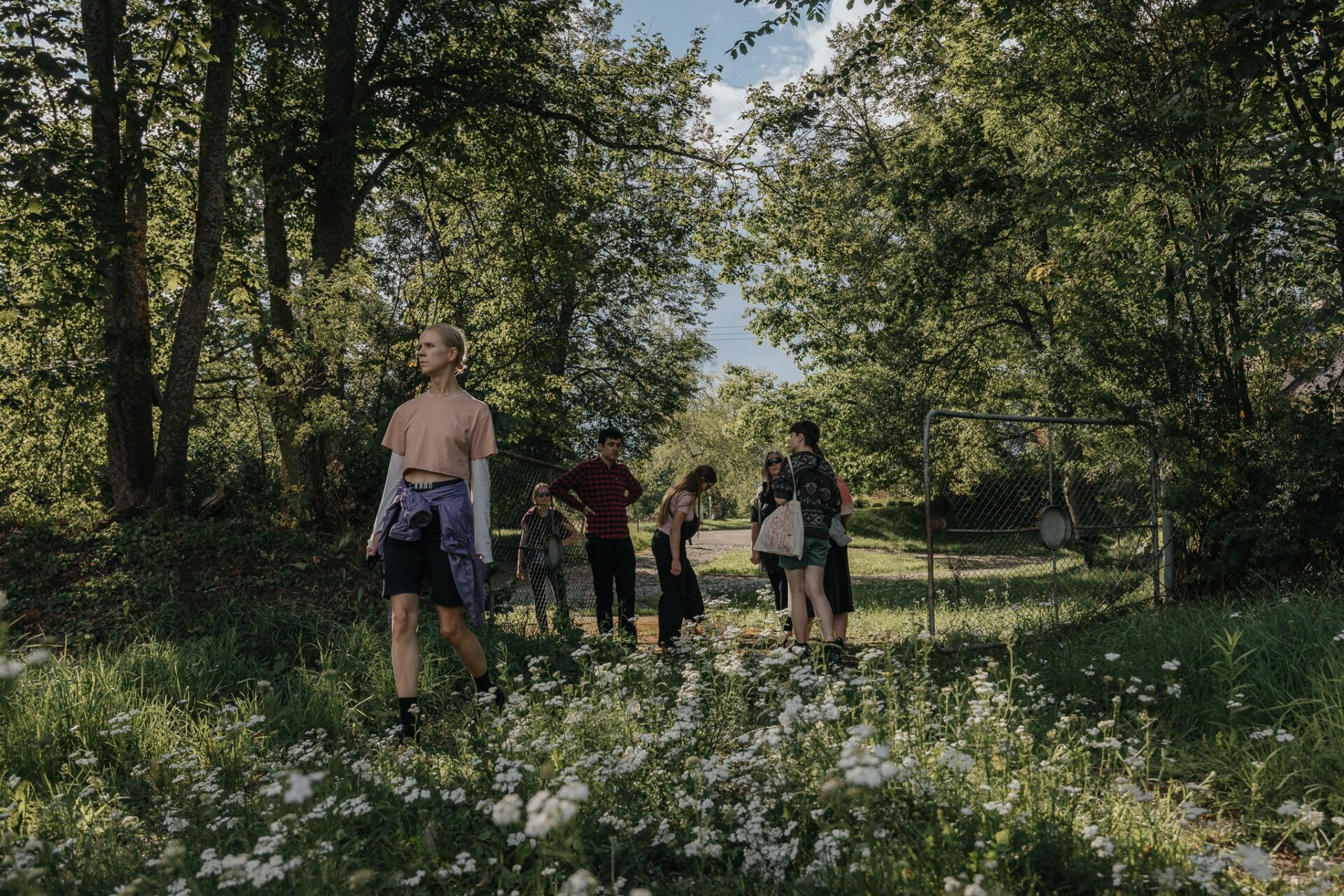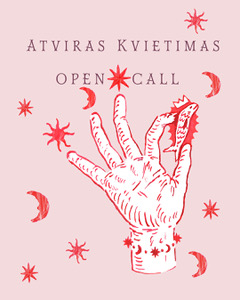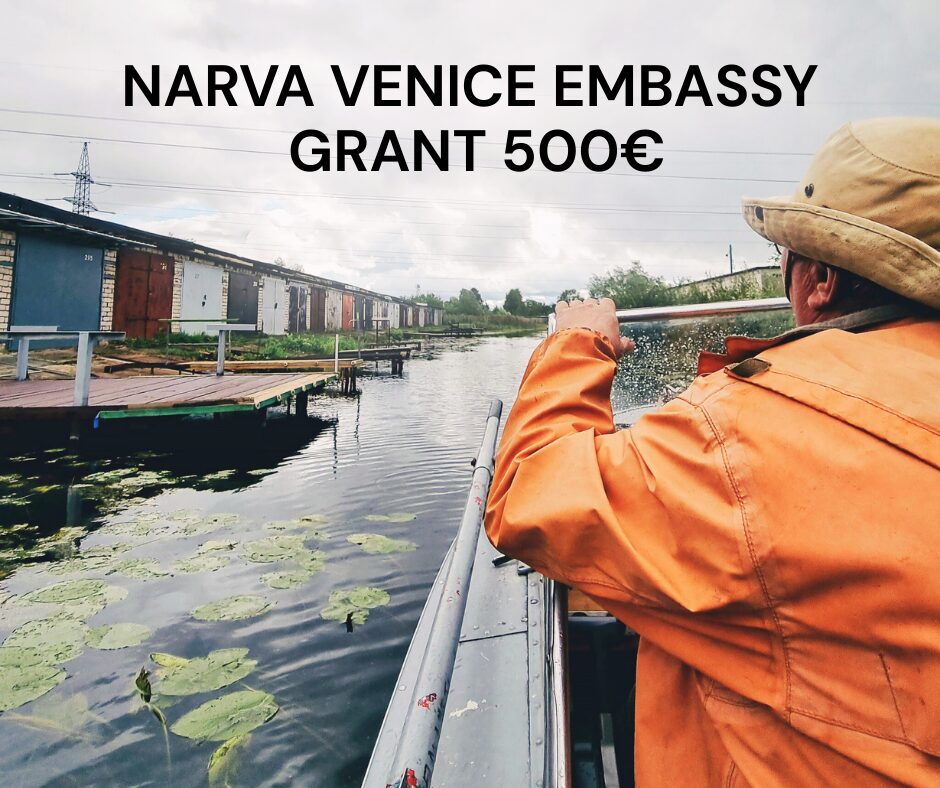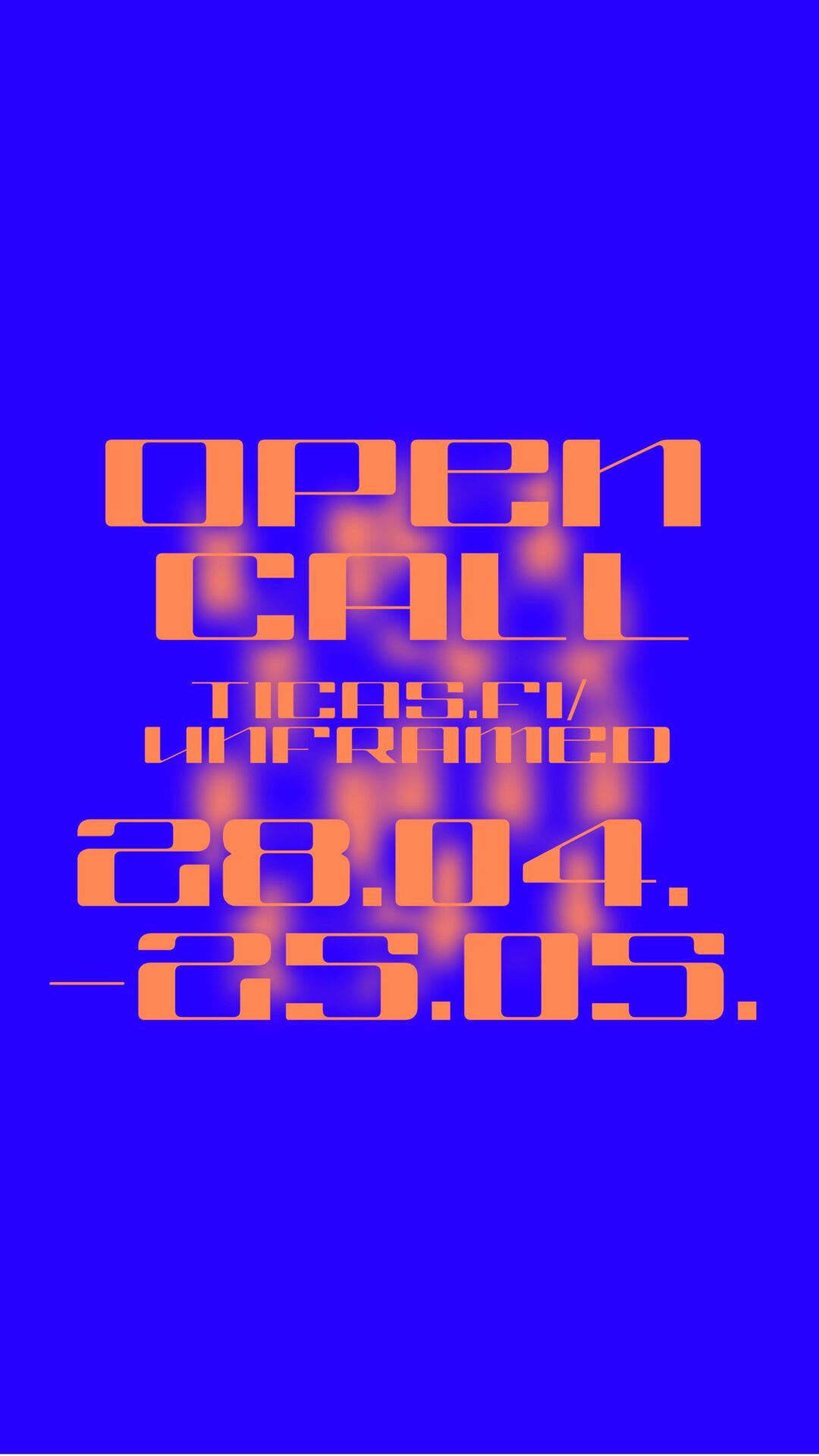Rebeka Põldsam (b.1989,Tallinn) is a contemporary art theory MA student in Goldsmiths, London, focusing on gender, feminist and queer art and theory, is interviewing Estonian painter Merike Estna (b.1980) on the occasion of her solo exhibition at Temnikova & Kasela gallery in Tallinn.
R.P. Merike Estna, you are an Estonian painter based in London. Would you like to tell us how did that happen?
M.E. I moved to London on 2007 when I started a MFA course in Fine Art in Goldsmiths College. After the graduation I lived in Brussels for almost a year – at that time I worked with the Frederic DeSimpel gallery there. It was a nice time, and I like Brussels, but after a while I started to miss London and my friends and decided to move back here.
R.P. What was the most important thing you learned in Goldsmiths?
M.E. Lot’s of things, all important… To be open minded and always alert. To analyse everything that I do. Learn from other’s, especially from fellow students who worked in different media.
R.P. Your latest exhibition at Temnikova & Kasela gallery has moved to total abstraction. What’s more, you have started doing video and sculpture. At the exhibition opening I heard an interesting discussion stating that your art is not to be related to local tradition. And that there is something in your art, Estonian young artists don’t achieve nor pursue. This ‘something’ could be determined by an inner attitude, let’s say, overcoming one’s personal drama or youthful melancholy – or maybe it is art market consciousness? You have sold pretty well – how much does working with a gallery influence you as an artist? How does living in London influence you in terms of market-consciousness?
M.E. I think what has happened to my work after a time living in London, is that it’s become more experimental. Living in such a big city makes one care less what others think and this gives a certain freedom that’s maybe harder to achieve in smaller art communities.
It was quite a shock for me when I first moved here [London – RP] from Estonia in 2007. And I think at that time awareness of the art market played a big role in my art, as I was trying to understand the influence of such a big market for making art. But now I have become so used to the way things work here, so I don’t think it has much influence on what I do. I don’t really think about it anymore at all. Here there is actually less differentiation between the work of some of the commercial galleries and the institutions.
R.P. Continuing on your last exhibition at Temnikova & Kasela gallery, it is said to have links with rave culture of the 1990s. Is it your personal experience that makes you bring it up?
M.E. Actually, this association was made by the gallery (not me), I am happy for everyone to make their own associations. I must admit I did enjoy the raves in the middle/end of 1990s though.
Working with Temnikova & Kasela has been a very positive experience for me. They have supported me over the last couple of years which has given me the time and freedom to develop the new work.
R.P. Your art has notably gone through many phases. You started as a photo-realist painter and since moving to London you have been shifting towards abstractionism though the subject of naked woman remains. What is the importance of women in your abstract paintings?
M.E. It’s almost the same, they’re very feminine paintings.
R.P. Now, you often have depicted nude women, which makes your work rather political, since it feels you are mocking the consumer culture objectifying women as erotic beings. You have also some paintings of heterosexual encounters but I would argue that it seems to be more about the act of painting these themes than you being erotica-artist. On the other hand, as you are an artist not a politician, the same paintings can also represent somewhat alternative (in contrast to mainstream) personal aesthetics as the women are usually rather cold and distant on your paintings, i.e. is it a different sex appeal you are advocating while painting the nude series?
M.E. I should say painting nudes has always been very natural for me, from my first painting course at the Estonian Academy. The course was rather academic at that time, so I studied to draw and paint nudes for 3 out of the 4 years. It was natural then that I developed an interest in the nude in painting. In different works I’ve had quite a different intention with nudes – in some of them trying to see what the nude could be today, in some of them dealing more with feminine sexuality.
R.P. What is your relation to feminism and feminist art?
M.E. I have been lucky enough to grow up and study and work always in environments that have been equal. So feminism hasn’t been a main issue for me, but many things feminists have fought for have mostly been a natural part of life to me.
For more information see here.
Have a glimpse of the exhibition:
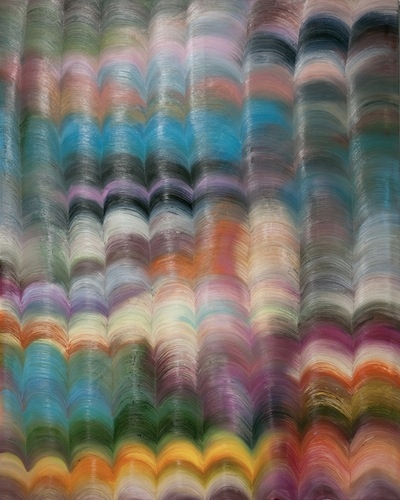
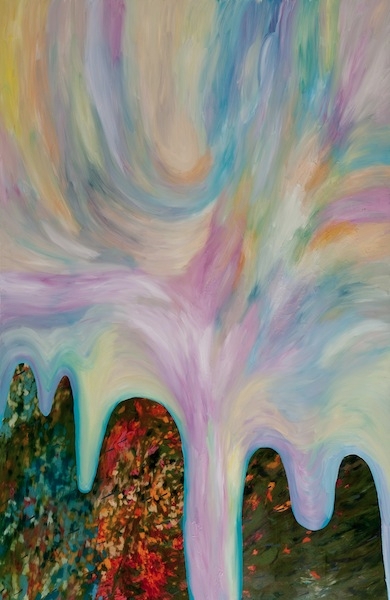
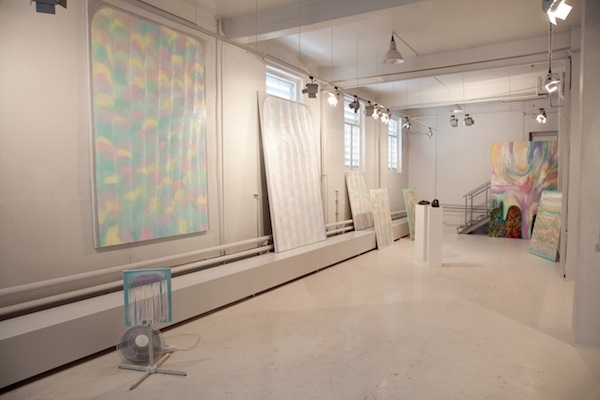
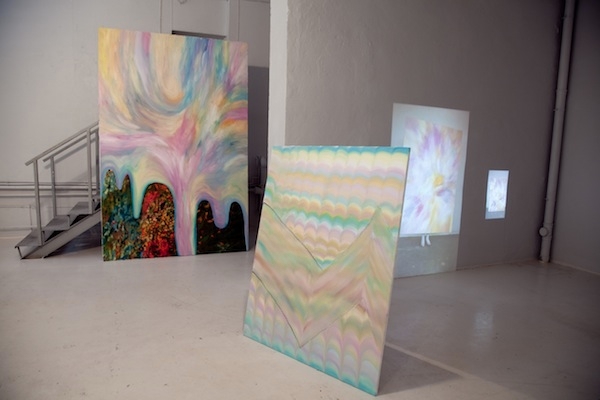
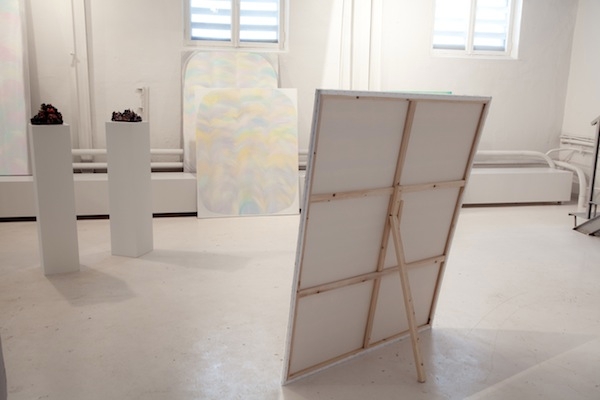
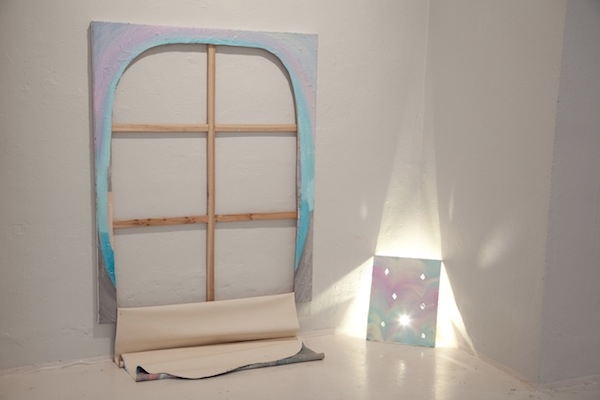
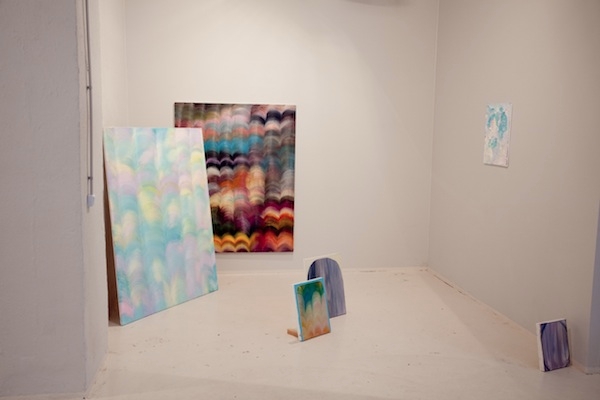
Photographs by Priit Estna

